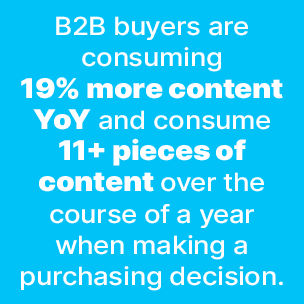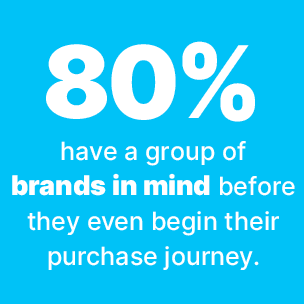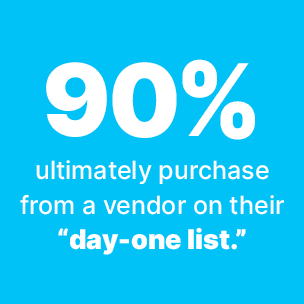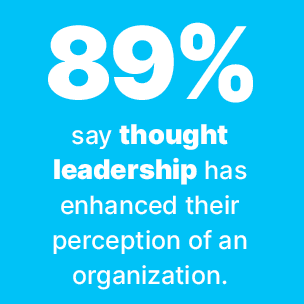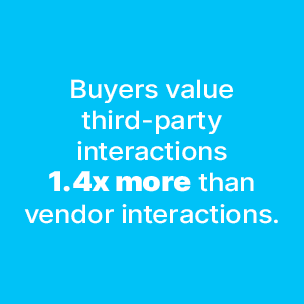Businesses recognize the need to implement innovative technology solutions because of their positive impact on operations and the bottom line. But customers wrestle with many challenges when evaluating and deciding upon potential solutions. Technology buying decisions are becoming more complex over time. They take longer than ever, with more individuals involved in each decision. Marketing and sales must work together to reach decision-makers and decision influencers.
It’s a flywheel, not a funnel
Buyers start their journey independently, beginning with their own research. They want to be able to find information and resources without contacting a sales representative.
This trend is increasing as buyers spend more time consuming diverse types of content while evaluating options. With so many decision-makers and influencers in the mix, and each on their own path, it is critical to create a range of content they can access at any stage.
We must surround prospects with a range of content and storytelling. Having a consistent perspective and point of view across channels is key. This flywheel approach recognizes that the customer is in control of their own journey.
The customer is not a light at the end of a funnel, they’re at the center of a choose-your-own-adventure story.
The Day-One List: How earned media helps build awareness and trust before the buying journey begins
Brands need to build awareness with audiences long before they become buyers. That’s because buyers start their path to purchase already with a list of companies in mind, and they usually end up selecting a company from that original list. Earned media is critical to being top of mind before prospects start their journey.
B2B buyers look to sources like technology publications and analysts as they do their research. It builds trust and provides third-party validation. Thought leadership, including executive opinions, panel or keynote presentations, and commentary on industry trends, has a positive impact on perception. A product review could be the deciding factor in the selection process. Together, these tactics help ensure that your brand is recognizable when it comes time to evaluate and select a solution.
Proving the value of PR
The debate about the value of brand- versus performance-marketing is fierce. While not everything is attributable, there are ways to measure impact. It’s more important than ever to justify the ROI of PR activities by driving meaningful business outcomes.
Earned media has intrinsic value, yes. That value increases when it’s used with intention in other sales and marketing activities. This includes using QR codes and unique URLs within content, analyzing website data to see if coverage drives traffic, and adding a question to inbound forms to track where prospects learned about the brand.
Measurement is critical to tracking success and fostering continuous improvement. The Barcelona Principles represent an industry-wide consensus on this topic.
Goal setting is the key to measuring PR campaign outcomes (instead of outputs). This includes quantitative and qualitative measurements and a holistic approach to evaluation.
We use a variety of metrics to show how we achieve program objectives and drive business value. We benchmark performance and track these metrics over time.
Because decision-makers and influencers are on individual explorations, brand- and performance-focused content must work together. A customer-centric narrative, available across channels, will help you show up when potential customers are ready to evaluate—and make—key decisions.





